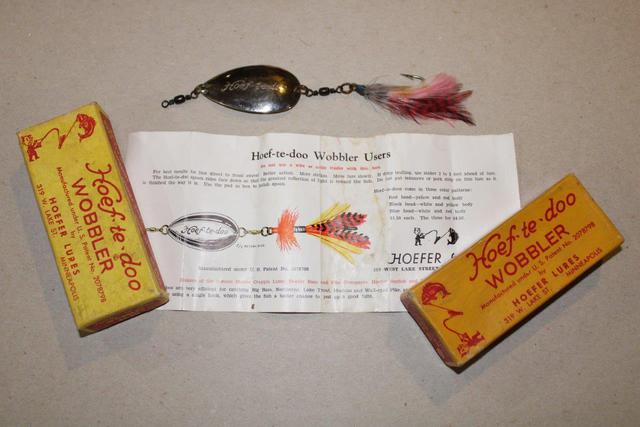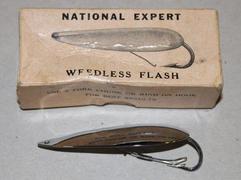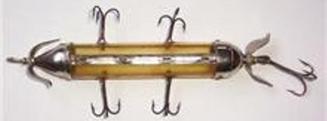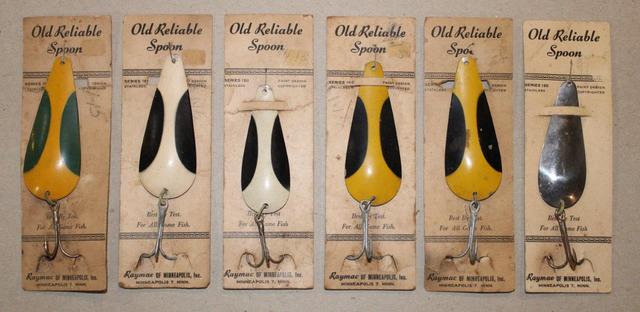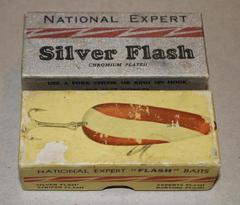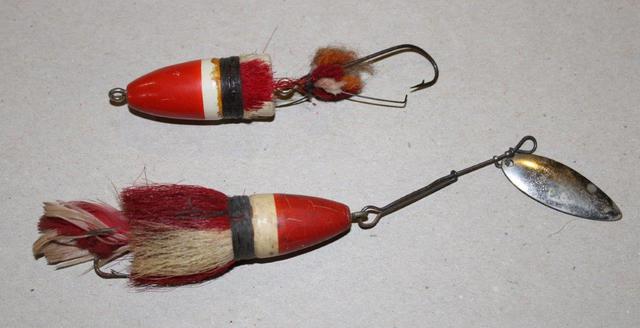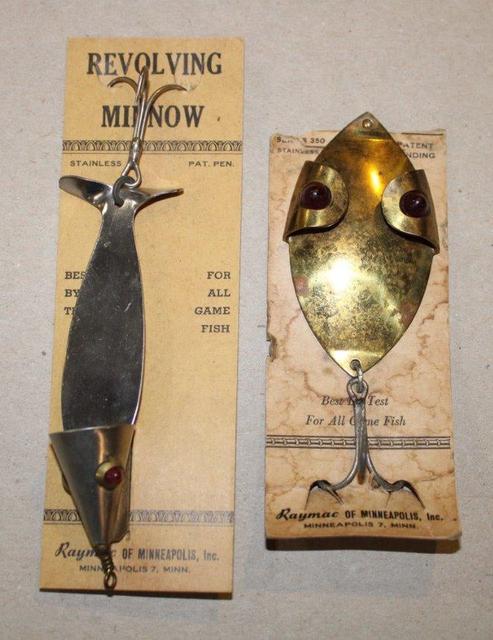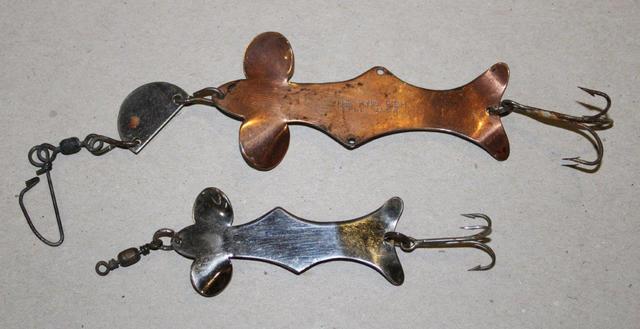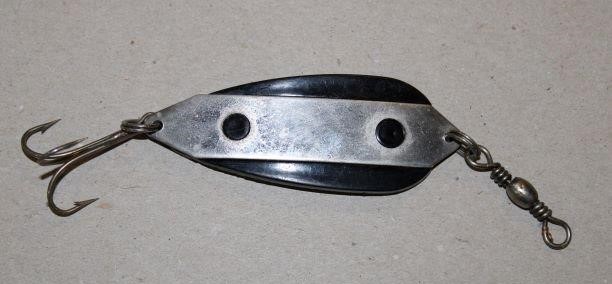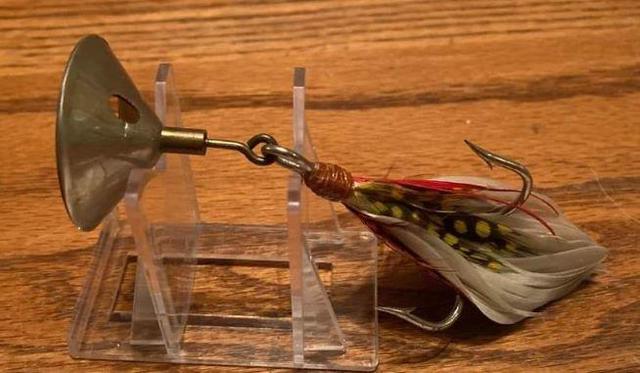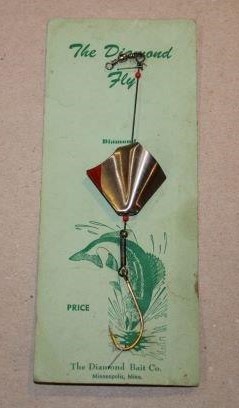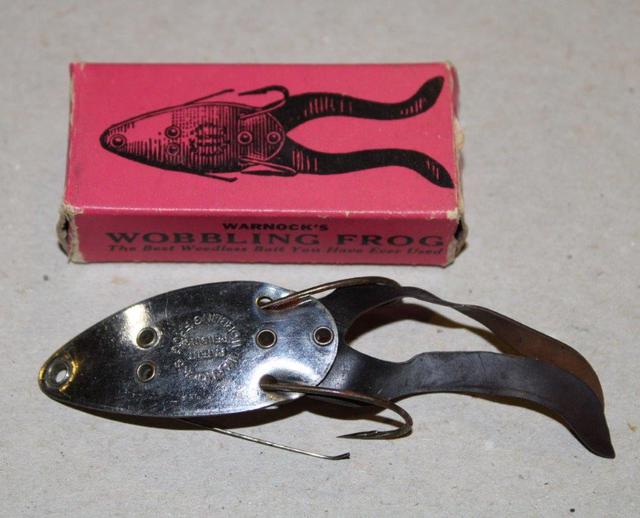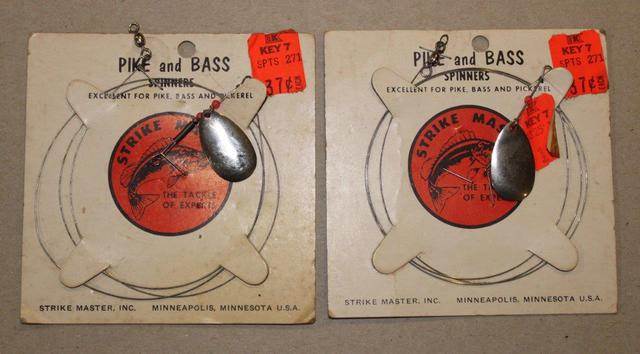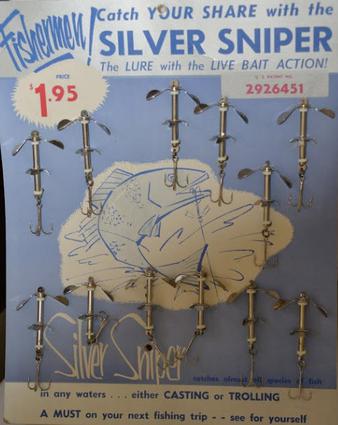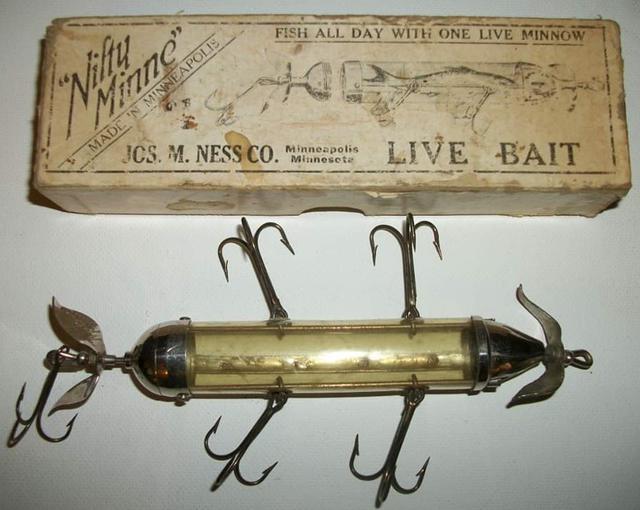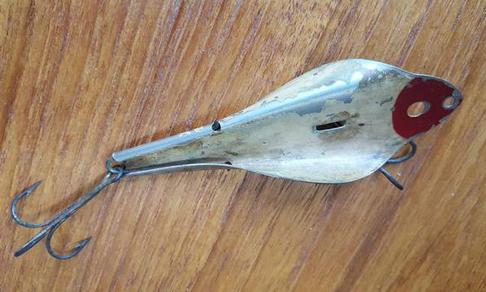Minnesota Lures
Enter your text here...
Minneapolis
Minneapolis is the largest city in the state of Minnesota. The origin and growth of the city was spurred by the proximity of Fort Snelling, the first major United States military presence in the area, and by its location on Saint Anthony Falls, which provided power for sawmills and flour mills.
Fort Snelling was established in 1819, at the confluence of the Mississippi and Minnesota Rivers, and soldiers began using the falls for waterpower. When land became available for settlement, two towns were founded on either side of the falls: Saint Anthony, on the east side, and Minneapolis, on the west side. The two towns later merged into one city in 1872. Early development focused on sawmills, but flour mills eventually became the dominant industry. This industrial development fueled the development of railroads and banks, as well as the foundation of the Minneapolis Grain Exchange. Through innovations in milling techniques, Minneapolis became a world-leading center of flour production, earning the name "Mill City". As the city grew, the culture developed through its churches, arts institutions, the University of Minnesota, and a famous park system designed by Theodore Wirth.
Although the sawmills and the flour mills are long gone, Minneapolis remains a regional center in banking and industry. The two largest milling companies, General Mills and the Pillsbury Company, now merged under the General Mills name, still remain prominent in the Twin Cities area. The city has rediscovered the riverfront, which now hosts parkland, the Mill City Museum, and the Guthrie Theater.
What a name for a company and a lure!
This small hook assembly was made in the early 1960s.
The Secret Weapon Co
Canadian Bait Co
No, not make in Canada, but in Minnesota....
This lure was made in the 1960s and into the 1970s.
It was made in several sizes and still seems to show up quite often.
Tad's Inc / Major Lures
This company only made these fly lures in the 1950s/1960s.
Hoefer Lures
Hoefer started in the business of making lures in the 1935. They mainly made fly lures, but also made one spoon-type lure that has its name on it.
I included a picture of the paperwork found in one box that tells you "How to use the Hoefer Lures on Fly-Rod or Cane Pole".
This company made metal lures and spinners from the 1950s into the 1990s. They also made the "OK doke" plastic lure.
National Expert Supply Co
This company made metal baits such as the Bidodare and the Kingfish. Both of these lures are marked on the bottom of the bait.
Paul Bunyan Bait Co
This was Minnesota's largest and most popular lure company. It was started in 1939 by Karl Larson.
This lure is one of the oldest made in MN. Its production started in 1917 and the lure was patented in 1919.
This lure was metal (nickel-plated) and was hollow. The lure would float until retrieved.
King Bait Company
This hard to find lure is the only one manufactured by this company. The lure is Tenite with a metal lip-tail that is combined in one piece.
This lure was manufactured in the 1940s and the name is stamped on the diving lip.
The Hep Bait Company
PAL Tool Co
PAL's manufactured lures for other companies for distribution, such as Lloyd and Co in Chicago and Century Spinner in Minneapolis.
In 1939, they sold the Electro Lure with their label over the Llyod box. This same year one of the owners left the company with his lure patents to create Paul Bunyan Bait.
PAL Tool Co still stayed in the plastic injection mold business and eventually made lures for other companies.
Willinger Products Co
I have not found an exact date when this pyralin lure first came out. I suspect it was in the 1930s or maybe a little earlier.
This was a hollow lure designed to have a minnow inside for trolling. At first the lure was called "Min-A-Rena, but sales were low so they changed the name to a more "catchy" name..."Kast-A-Mino".
The change must not have worked, as I seldom see these lures and the boxes are very rare.
Taylor Manufacturing Co
This company may have made the oldest production lures made out of wood in MN.
The lures were called the "Midget Bass Charmer" and the "Bass Charmer". These were patented in 1917.
They also made a "Tantalizer" With hair and feathers.
Taylor also manufactured hooks and spinners made for holding live bait. These hooks feature two or three hooks and one pictured here has glass beads, a twisted wire lead and a Sterling marked spinner.
Gopher Bait Co
This is yet another lure made to hold a live minnow inside so that you can fish with the same minnow all day. This must have been popular at one point as I see many manufactures that made these lures...at least three companies in Minneapolis alone.
This Lure was made by John J. Leba of Minneapolis Minnesota and the patent was applied for in 1958.
This Silver Sniper Lure is made of clear plastic with a stainless steel blade inside. It features 2 totally different propellers (blades) for 2 different motions on the same lure.
Orluck Bait Co
Raymac sold a metal minnow is called the "Revolving Minnow", but some collectors call it the "Poor Man's Chautauqua" (which is a very rare and early minnow that can cost thousands of dollars). The Raymac Revolving Minnow is much newer (from the 1940s) and sells for $50 - $100.
They also sold an "old reliable" spoon.
Raymac of Minneapolis, Inc
Hank's Minnows
When most collectors seen these metal minnows, they think they are "Edgren Minnow".
From what I understand, first came the Hank's Minnow...who then sold the rights to a company that made the Edgren Minnow. But, it also could be that Edgren made these lures for Hank's also. To this day, I am not 100% certain.
I have an extensive Paul Bunyan collection, but I will only show a small "taste" on this website.
For more Paul Bunyan lures and items, check on this link on my webstie: Paul Bunyan
Minnesota Fishing Tackle Co
This company mainly sold spinners and hooks, and some of them had catchy names like the "Minnesota Corn Borer", the "Wily Willie", and the "Boo Boo Spin-Lure".
They also imported some metal bugs made in Japan that are quite collectable.
Century Bait Co
This lure was actually made by PAL Tool Co of MN. Some had a slightly different "head" from others (both pictured).
When one of the owners of PAL left in 1939 to start Paul Bunyan Bait, this patent went with him...so PAL no longer made this lure of Century.
Dinbec Co
These minnow hooks were made around the 1930s...or possibly earlier.
Nelson and Nelson Mfg
L. J. Kalvig & Co, Inc
This lure was made of plastic with a rubber tail and "rhinestone" eyes.
Several other companies manufactured this lure until Kalvig bought the rights to it.
Hans Wethall
This Bobbin Bass Bait was manufactured by Hans G. Wethall, Minnesota lure maker and inventor of the Wethall Floating Decoy, patented in 1910.
This rare wood lure was made in 1929 and features stiff bristle weedguards and two side hook clips that allow for release when a fish strikes.
Joseph M. Ness Co.
This celluloid (very early plastic) minnow tube was patented Dec. 9, 1913. The Nifty Minne (sometimes call the Nifty Minnie) is made to hold a minnow inside so you can fish with the same minnow all day. The Nifty Minne name is engraved on the props.
The box for these lures are fantastic...and I am always looking for one.
Otey Clark Industries
This "Fisherman's Dream" weedless lure was designed to collapse, exposing the hooks, when a fish struck.
I suspect it was manufactured sometime in the late 1960s or 1970s.
Leo J. Eppel
This weedless frog harness is one of the few types that featured a pattern painted weight. The device was called the “Eppel’s Frog Saver”, but I don’t think the frogs would agree they were being saved….
IXL Manufacturing Co
The “Humane” Weedless Live Bait Hold is a seldom seen Minnesota bait. These devices utilized dual wires to clamp a frog into place for fishing. IXL is a play on words and means “I Excel”, which is copied from the Chapman Bait Co of the mid to late 1800s.
William H. Jacoby
These hooks look plain, but they are very old and historical. Patented in 1902, these hooks feature unique double-wires on the shaft to create a weedless device for fishing. These hooks are very rare and few have survived over the years. If you happen to have one on a card or in a box…call me!
Knute J. Lageson
This frog/minnow harness was patented in 1932 and this one on the card is one of the earliest versions. The card illustrates how to attach a frog or minnow to the device that he calls the “Headlock”. If you have another one on the card you are willing to sell, please contact me!
Marge V. Prouse
Not many women had fishing device patents issued before 1950, but this patent was issued to Marge in 1932. This plain looking hook has an unusual bait pin that still retains its original red paint.
National Supply Co
This company may be related to the National Expert Supply Co listed below, but I am not sure.
This lure appears to be from the 1930s or so.
Bob's Lures
I know little about this small spinner or Bob's Lures, but I like his funny play on words....
G. B. Hunter
This weedless bass hook is marked with G.B. Hunter and Mpls on the blade.
Pokey Pete
This lure is made out of metal and was sold in a box used for other small companies lures.
The box is hand stamped and has the words "pat pend" hand written inside the box.
I met a relative of this lure maker at the Minneapolis Sportshow that I was working at. It took me years, but I finally found one of these lures.
DeCoursey Bait Co
This lure appears to be build like a "cheater decoy" (a ice fishing decoy with hooks), but according to the box it can be used for casting and trolling.
W. T. Ronyak
This spoon was sold on a card in an unmarked all red box.
Strike Master, Inc
This spoon is marked, as it shows on the box, with "Strike Master" and "Finn".
They also made many types of spinners on cards.
Janney, Simple, Hill and Co
While it is not techincally a lure, I had to add a picture of this very old container of pork rinds, a popular add-on to many lures.
The pork rind inside is now hard and brittle.
These boxes were empty when I got them. What did they contain? I assume hooks, but you never know....
Redding Rod and Tackle Co
Booker and Wallestad Inc
These spoons were made with a heavy plastic with a nickel plate covering the middle of the bait.
Cone Lure Bait Co
This unique bait featured a "cone" on the front of he bait that may or may not include a hole. It was patented in 1926.
The Diamond Bait Co
This bait had a very different design from the standard spinner
The Monarch Co
This bait was almost identical to the Spin Dare made in St. Paul, Minnesota. The relationship between these two companies is unknown to me.
K E Luger Co
The "Wobbling Frog" was a weedless spoon with double hooks and rubber legs.
John J Leba
Patented in 1958, these propeller lures were sold on a large card in local sporting goods stores.
Shurstrik Bait Co
Daniel Phillips made and patented this metal bait and called in the Shurstrik Bait Combination. It usually comes with a wire leader and attached plastic spinner and was made in the 1920s.
Some reference books list it as being made in Motley, Minnesota…but that is incorrect.

